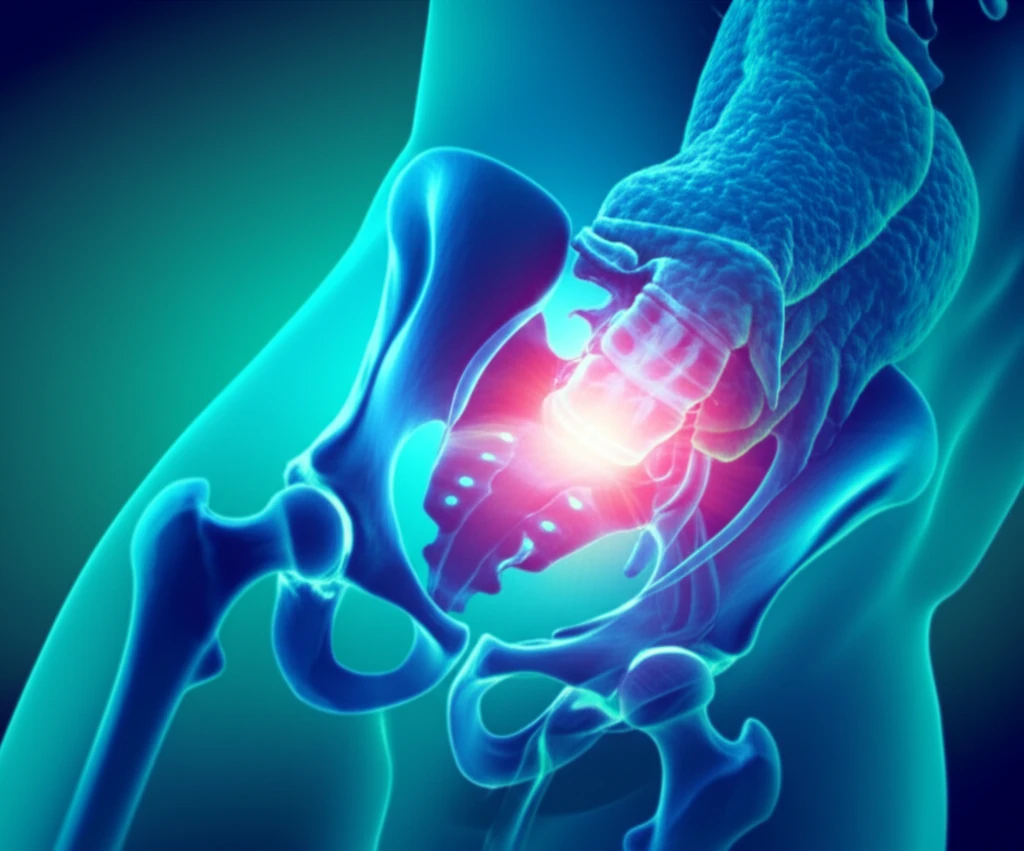
Uncommon Infection, Unexpected Culprit: How to Spot Klebsiella Sacroiliitis
"A rare case highlights the importance of considering Klebsiella pneumoniae in sacroiliac joint infections, especially in diabetic patients."
Infective sacroiliitis, or septic arthritis of the sacroiliac joint, is a relatively rare condition, affecting only 1% to 2% of all patients with septic arthritis. It's a diagnostic puzzle, often mimicking other musculoskeletal issues like degenerative spine disease. The challenge lies in its varied symptoms and lack of clear indicators, leading to delays in proper diagnosis and treatment.
The usual suspects in these infections are gram-positive cocci, with staphylococci leading the pack. Gram-negative bacillus, Salmonella spp and Pseudomonas aeruginosa are most commonly encountered. However, Klebsiella pneumoniae is a less common culprit, typically popping up in specific situations like trauma, in neonates, elderly, intravenous drug abuser and immune-compromised patients.
Now, a recent case shines a light on an unexpected twist: a Klebsiella pneumoniae infection in the sacroiliac joint. This case emphasizes the importance of considering Klebsiella pneumoniae as a potential cause, particularly in individuals with diabetes.
The Case: When Diabetes Opens the Door

Consider the case of a 62-year-old woman with a history of poorly controlled diabetes. She presented with fever and feeling unwell for five days. On arrival, she had a high spiking fever and was biochemically in diabetic ketoacidosis. Initially, blood cultures revealed gram-negative bacilli, which were later identified as Klebsiella pneumoniae.
- The Challenge of Diagnosis: Attempts to obtain a joint sample via CT guidance were unsuccessful. In the presence of Klebsiella pneumoniae bacteremia and consistent imaging, she underwent debridement and washout of the sacroiliac joint with gentamicin bone cement.
- Treatment and Recovery: Samples from the procedure confirmed Klebsiella pneumoniae. She completed eight weeks of intravenous antibiotics, leading to a successful recovery.
Why This Matters: Recognizing the Uncommon
Non-brucellar and non-tuberculous infective sacroiliitis are rare, often masked by misleading symptoms. With only about 350 reported cases from 1878 to 2012, the condition is easily overlooked. Symptoms like lower back, gluteal, or hip pain can point to various issues, making diagnosis tricky.
While Staphylococcus aureus is often the main culprit in sacroiliac joint infections, it's crucial to remember that gram-negative organisms like Klebsiella pneumoniae can also be responsible, especially in specific populations. Therefore, treatment should cover a range of potential pathogens.
This case adds to the existing knowledge, emphasizing the need for clinicians to consider sacroiliac joint septic arthritis in patients with suggestive symptoms, particularly those with diabetes or other health-related infections. Early diagnosis and appropriate treatment are essential for preventing long-term complications and ensuring a full recovery.
